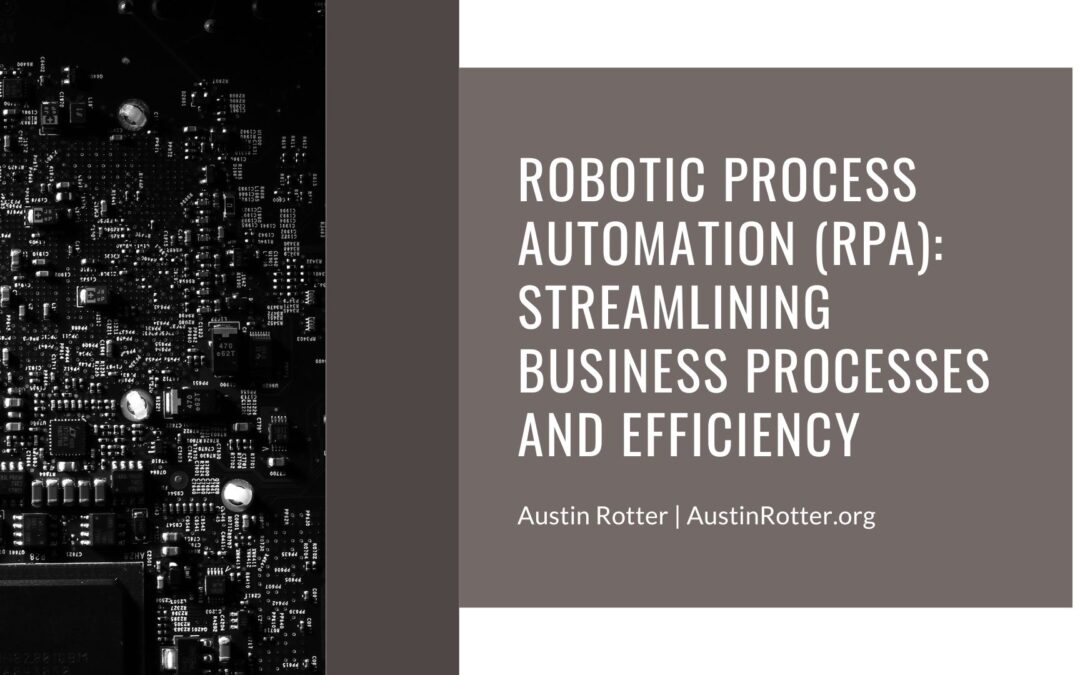In the fast-paced business world, staying ahead often means embracing innovative technologies that enhance efficiency and productivity. Robotic Process Automation (RPA) has emerged as a game-changer, allowing organizations to automate mundane and repetitive tasks.
Understanding Robotic Process Automation (RPA):
Robotic Process Automation involves using software robots or “bots” to mimic human interactions with digital systems. These bots are programmed to perform rule-based tasks across various applications, just as a human employee would. RPA is not about physical robots but rather about automating routine and repetitive processes in the digital realm.
Efficiency Through Automation:
One of the primary advantages of RPA is its ability to automate time-consuming and manual tasks. This includes data entry, invoice processing, report generation, and other rule-based activities that are essential but often tedious. Organizations can significantly increase operational efficiency by offloading these tasks to software robots.
Enhanced Accuracy and Compliance:
Humans are prone to errors, mainly when engaged in repetitive tasks. RPA eliminates this margin of error by consistently executing tasks with precision. This ensures accurate and error-free results and enhances compliance with regulatory requirements and industry standards.
Cost Savings and Resource Allocation:
RPA can lead to substantial cost savings by reducing the need for manual labor in routine processes. Organizations can reallocate human resources to more strategic and value-added activities by automating repetitive tasks, fostering a more dynamic and skilled workforce.
Improved Speed and Scalability:
Software robots work tirelessly around the clock without needing breaks or rest. This inherent capability accelerates the speed of processes, enabling organizations to meet tight deadlines and respond rapidly to changing business demands. Additionally, RPA allows for seamless scalability, accommodating increased workloads without significant human intervention.
Enhanced Customer Experience:
The efficiency gained through RPA directly translates into improved customer experiences. Organizations can provide better services with faster response times, accurate data processing, and streamlined workflows, leading to higher customer satisfaction and loyalty.
Data Accuracy and Insights:
RPA ensures data accuracy by minimizing the risk of manual input errors. Moreover, the data generated through automated processes can be leveraged for advanced analytics. Organizations can make informed decisions and optimize their business strategy by extracting valuable insights from the data.
Employee Empowerment and Job Satisfaction:
RPA is not about replacing human workers but empowering them to focus on tasks that require creativity, critical thinking, and emotional intelligence. Organizations can enhance job satisfaction, engagement, and morale by relieving employees of repetitive and mundane tasks.
Adaptability to Legacy Systems:
RPA is designed to integrate seamlessly with existing systems, including legacy software. This adaptability ensures that organizations can harness the benefits of automation without needing a complete overhaul of their IT infrastructure.
Conclusion
Robotic Process Automation is a transformative force in today’s business landscape, offering organizations the means to streamline processes, boost efficiency, and drive innovation. By automating routine tasks, RPA empowers employees to focus on higher-value activities, ultimately contributing to organizational growth and success. As businesses continue to navigate the complexities of the digital age, adopting RPA is a strategic imperative for those seeking a competitive edge and sustainable operational excellence.
